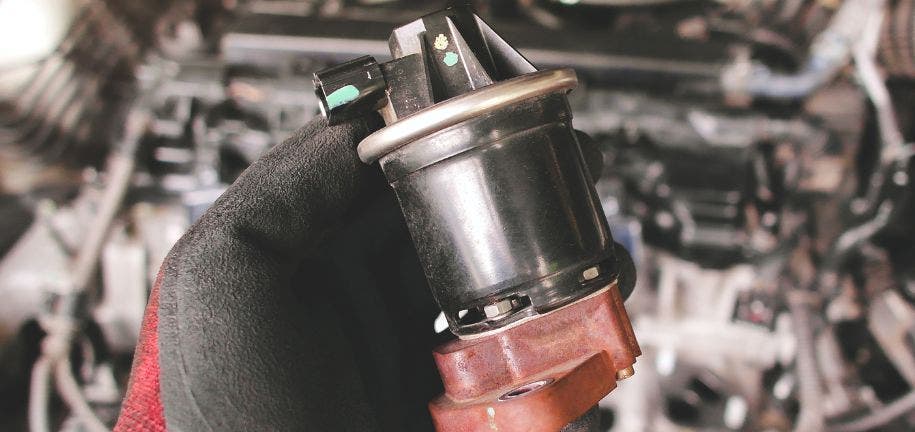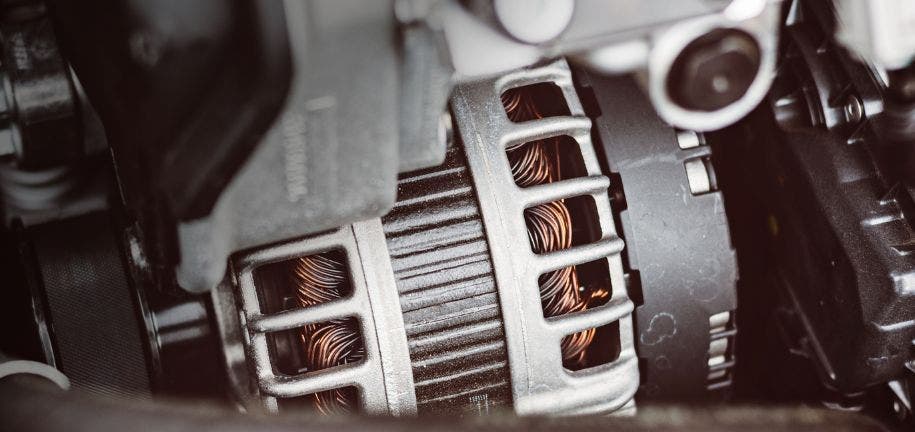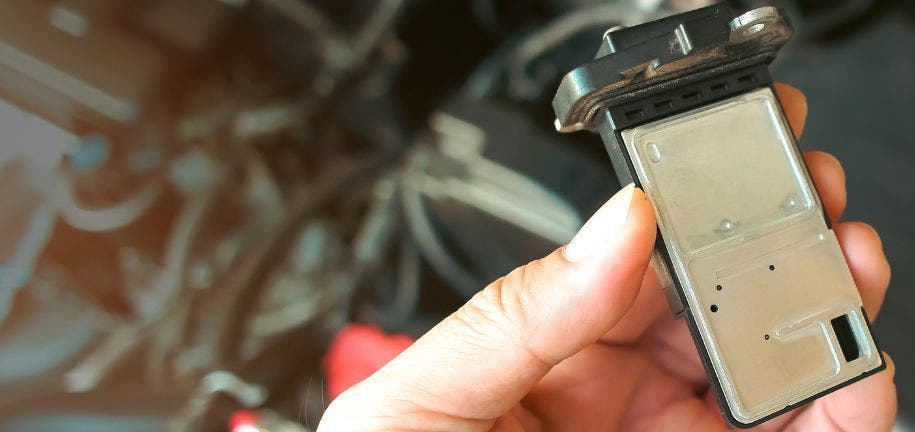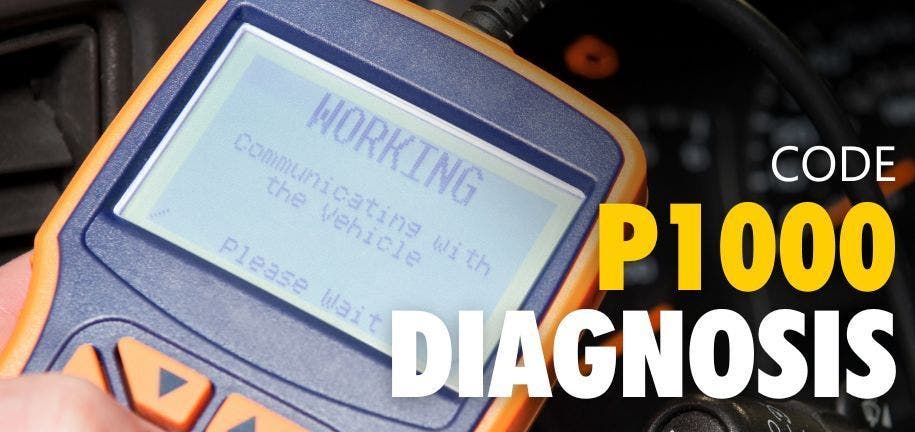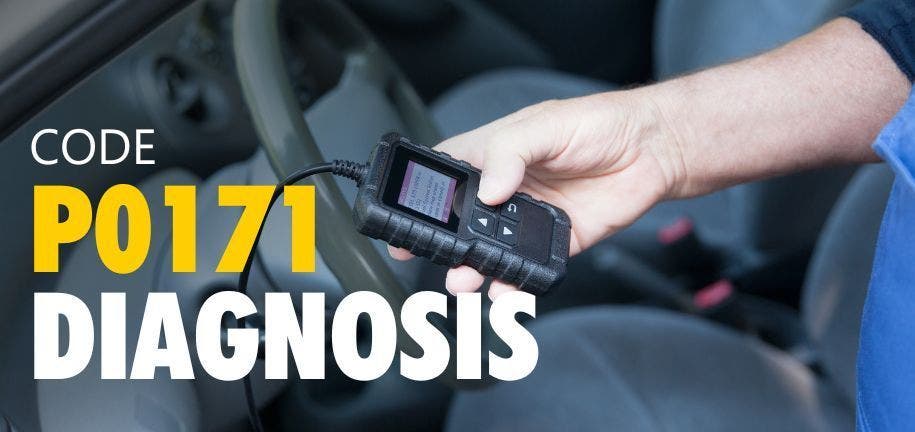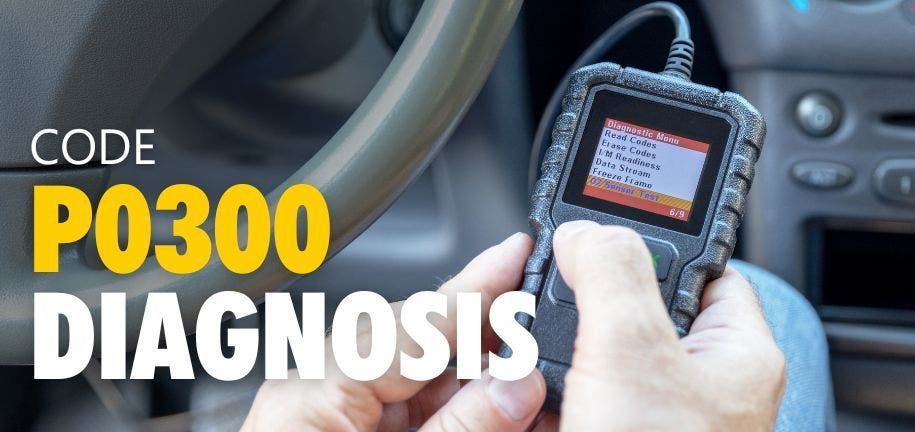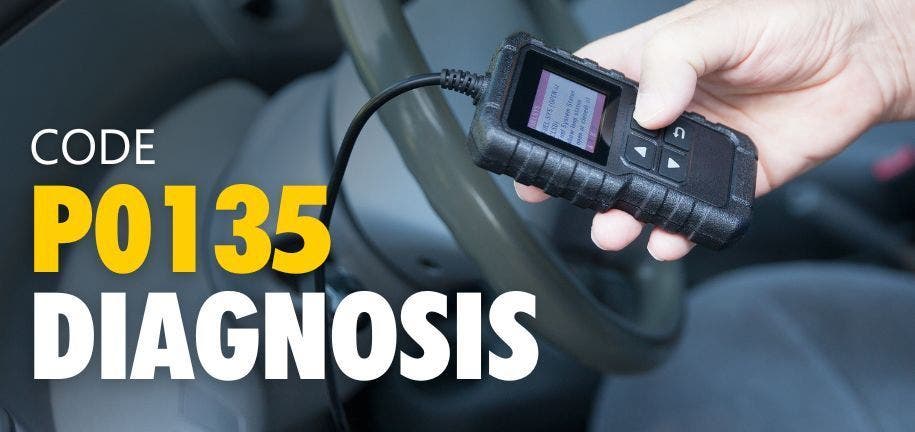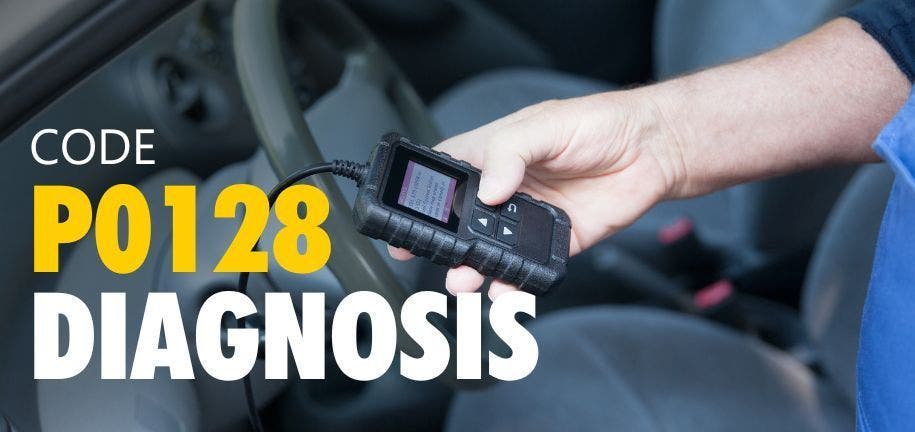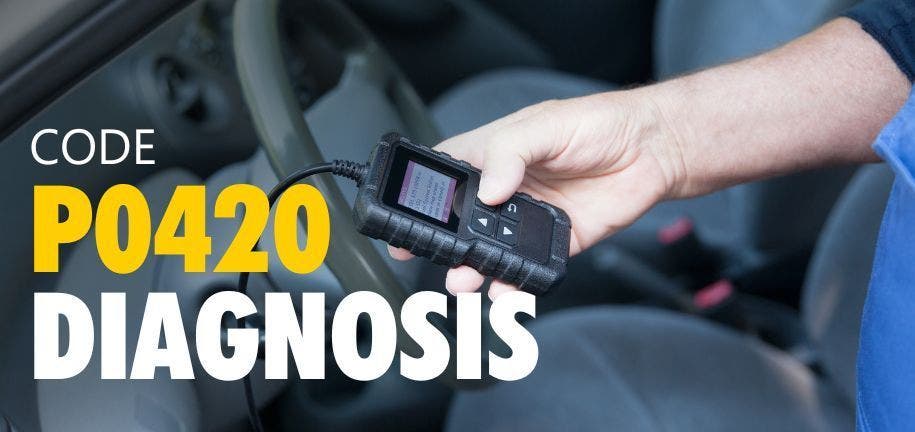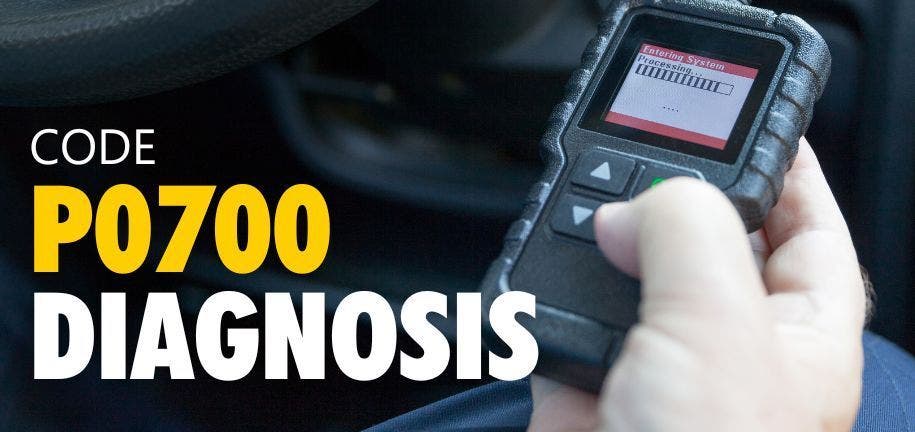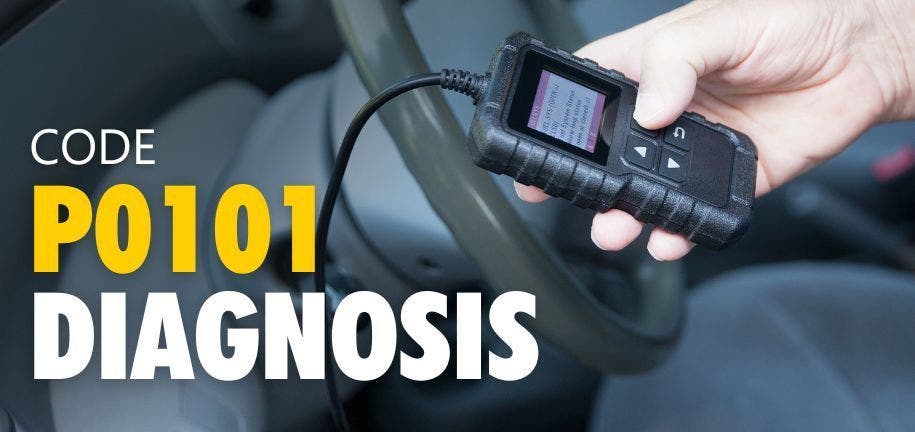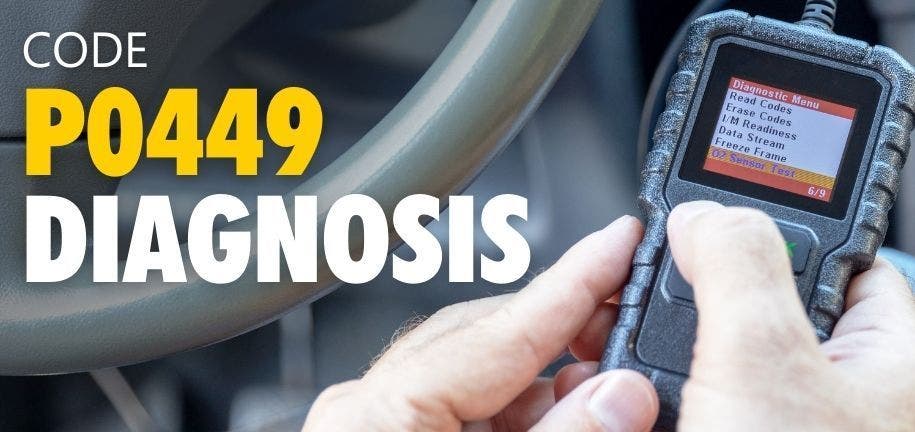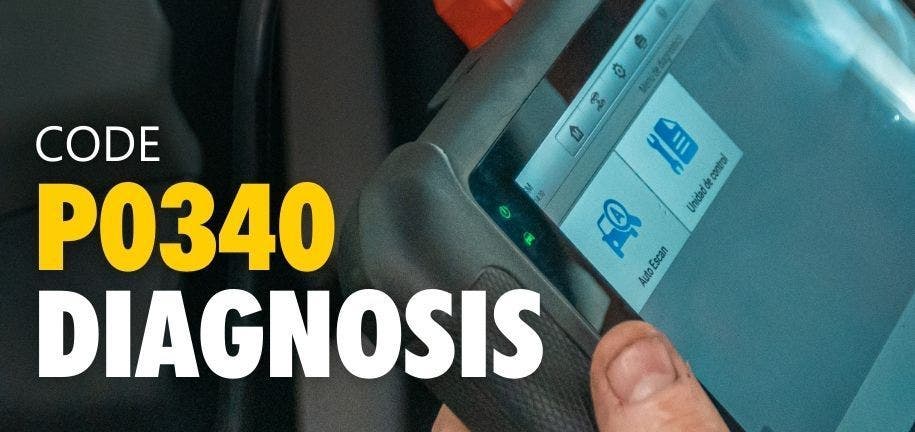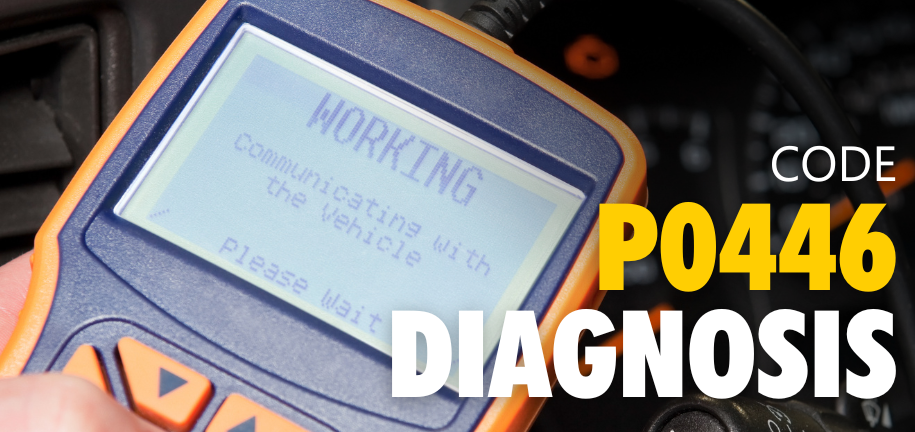Having your car throw an error code can be a stressful experience, leaving you wondering what's wrong and how much it will cost to fix. If you've recently encountered the P1450 code, particularly in a Ford vehicle, you're not alone. Here at PartsHawk.com, we want to empower you with knowledge about this common trouble code. In this blog post, we'll delve into the meaning of the P1450 code, the symptoms it might cause, and the potential culprits behind it. We'll also answer frequently asked questions like how serious the code is and whether you can still drive with it.
What Does the P1450 Code Mean?
The P1450 code is a diagnostic trouble code (DTC) specific to Ford vehicles (and some other manufacturers with slightly different code phrasing). It indicates a problem within the Evaporative Emissions Control System (EVAP) - the system that captures and controls fuel vapors from your gas tank to prevent them from being released into the atmosphere. The P1450 code specifically signifies that the car's computer is unable to detect a vacuum building up in the fuel tank as expected.
Warning Signs: Symptoms of a P1450 Code
A P1450 code might not always trigger noticeable driving issues, but here are some symptoms you might encounter:
- Illuminated Check Engine Light: This is the most universal sign of trouble. The check engine light indicates that the car's computer has detected a problem, and the P1450 code can be the culprit.
- Strong Fuel Smell: A faulty EVAP system can allow raw fuel vapors to escape, causing a stronger fuel odor around your car.
- Reduced Fuel Economy: Fuel vapors that aren't properly captured and reintroduced into the engine can lead to wasted fuel and decreased gas mileage.
- Rough Idle or Engine Stalling: In some cases, a malfunctioning EVAP system can contribute to rough idling or even engine stalling.
Causes of a P1450 Code
Several components within the EVAP system can cause the P1450 code:
| Possible Cause | Description |
| Faulty Fuel Tank Pressure Sensor | This sensor monitors the pressure within the fuel tank and transmits data to the car's computer. A malfunctioning sensor can lead to inaccurate readings and trigger the P1450 code. |
| Damaged Vent Valve | The vent valve regulates pressure within the fuel tank. A stuck or damaged vent valve can prevent a vacuum from forming, causing the P1450 code. |
| Faulty Purge Valve | The purge valve controls the flow of fuel vapors from the tank back into the engine. A malfunctioning purge valve can disrupt the vacuum creation process and lead to the P1450 code. |
| Vacuum Leak in Hoses | Cracked or loose hoses within the EVAP system can create leaks, preventing a proper vacuum from forming in the fuel tank. |
| Faulty Vapor Canister | The charcoal canister absorbs and stores fuel vapors before they are sent back to the engine. A clogged or damaged charcoal canister can contribute to the P1450 code. |
How Serious Is the P1450 Code?
While the P1450 code itself might not cause immediate drivability problems, it's important to address it. A malfunctioning EVAP system can lead to increased emissions, decreased fuel efficiency, and potentially contribute to other engine issues over time.
Can I Still Drive with a P1045 Code?
In most cases, you can technically still drive your car with a P1450 code. However, we recommend getting the issue diagnosed and repaired as soon as possible to avoid potential problems down the road. Ignoring the code can lead to increased emissions violations and potentially contribute to other engine issues.
How Easy Is It to Diagnose a P1450 Code?
Diagnosing the P1450 code can range in difficulty depending on your DIY experience and the tools available. Here's a breakdown:
- Basic Scan Tool: The simplest step is to use a basic scan tool to retrieve the trouble code. PartsHawk.com offers a wide variety of OBD-II scan tools that can read and interpret diagnostic trouble codes, including the P1450 code. This will confirm the presence of the code but won't pinpoint the exact cause.
- Visual Inspection: A basic visual inspection of the EVAP system components for any obvious damage like cracked hoses or loose connections can be a helpful starting point.
- Advanced Diagnosis: For a more thorough diagnosis, a professional mechanic with advanced diagnostic equipment might be required. They can perform tests to pinpoint the specific faulty component within the EVAP system.
How Difficult Is It to Fix a P1450 Code Yourself?
The difficulty of repairing the P1450 code depends on the cause. Here's a general outlook:
- Simple Fixes: In some cases, the fix might be as simple as replacing a loose gas cap or tightening a disconnected hose clamp. These repairs can often be tackled by DIYers with basic mechanical knowledge.
- More Complex Repairs: Replacing a faulty sensor, purge valve, or vent valve may require more involved repairs. Depending on the specific component and your car's accessibility, these repairs might be best left to a mechanic.
- Advanced Repairs: Diagnosing and fixing a clogged charcoal canister or a major vacuum leak within the system can be quite complex and should be handled by a qualified mechanic.
PartsHawk Can Help You Get Back on the Road
If you're facing a P1450 code, PartsHawk.com can be your partner in getting your car back to peak condition. We offer a wide variety of replacement parts for the EVAP system, including:
- Fuel tank pressure sensors
- Vent valves
- Purge valves
- Vacuum hoses
- Vapor canisters (availability varies)
- Search by your car's year, make, and model to find the exact parts you need. We also offer helpful resources and repair guides to assist you with DIY repairs. If the repair is beyond your comfort level, PartsHawk.com can connect you with a trusted local mechanic to get the job done right.
Don't let a P1450 code keep you grounded. PartsHawk.com has the knowledge and resources to help you diagnose, repair, and get your car running smoothly again!








